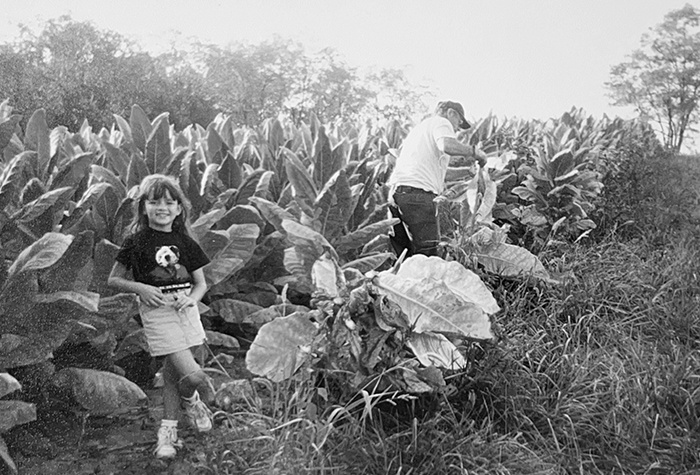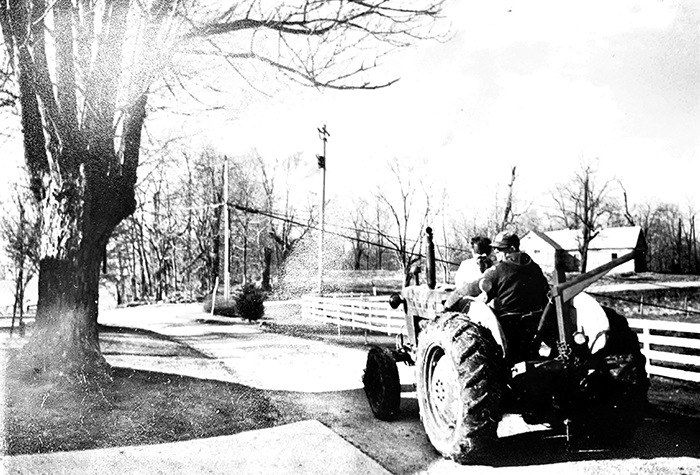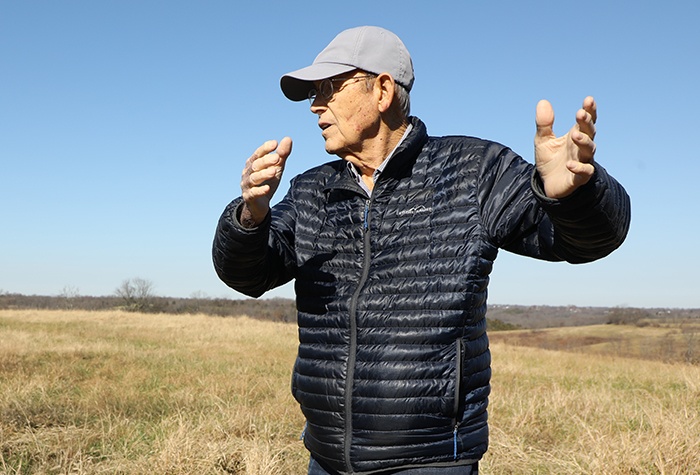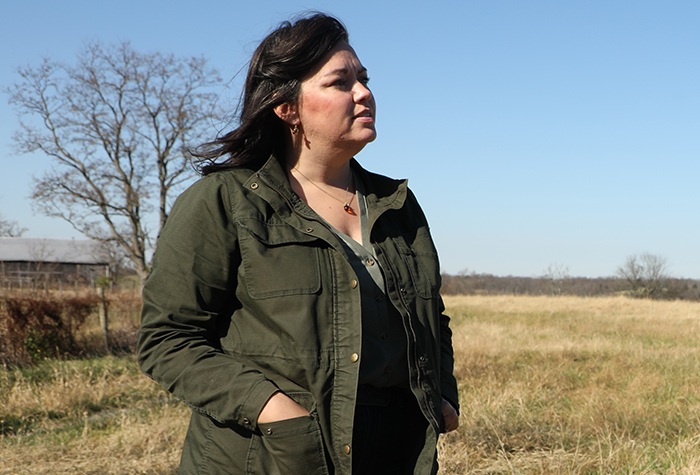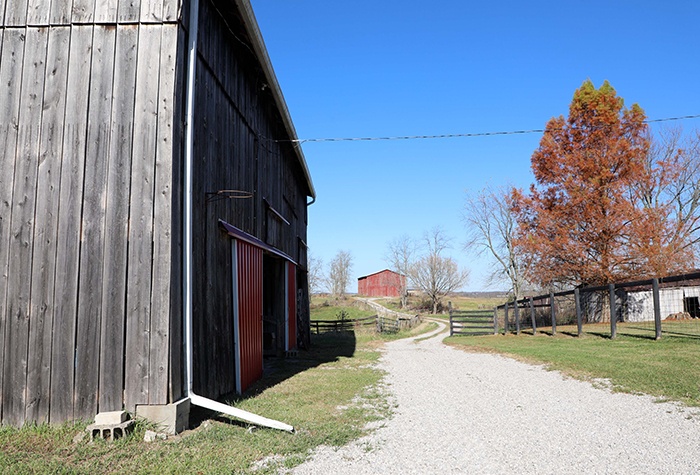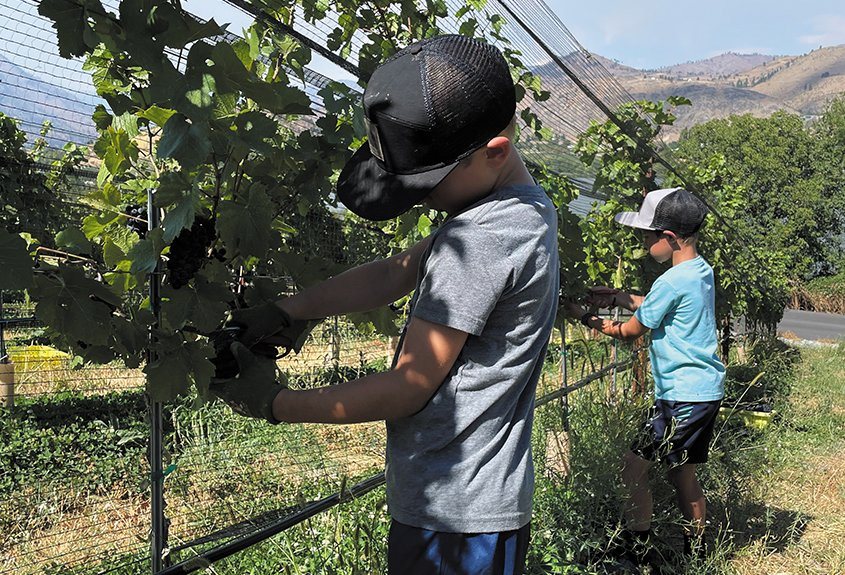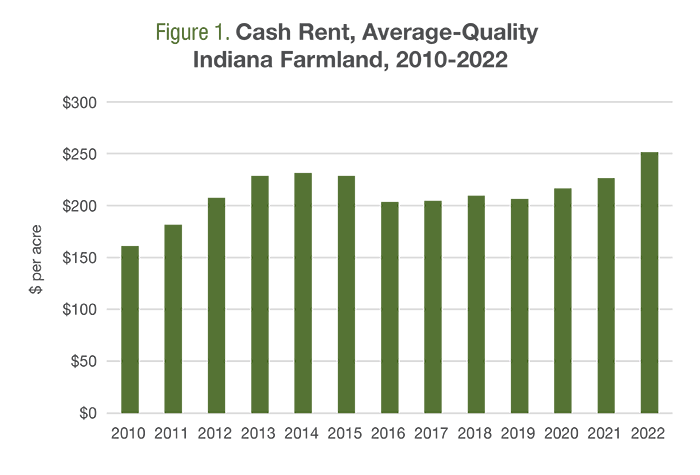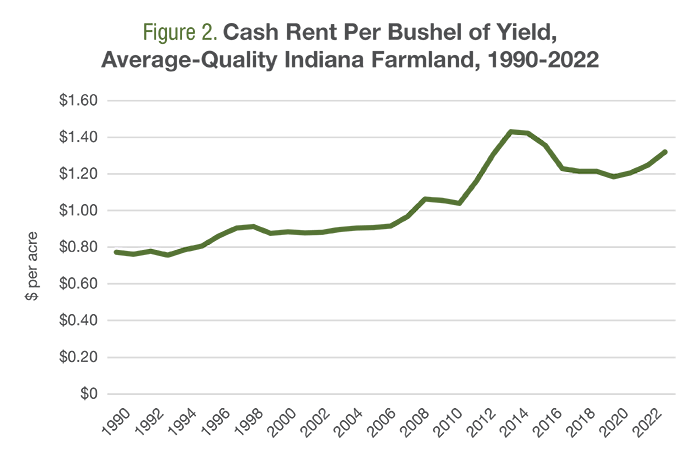Women increasingly aid agricultural transformations with their valuable perspectives and work. According to the 2017 USDA census of agriculture, 36% of United States farmers are women and 56% of all farms have at least one female decision-maker. Aside from their growing on-farm presence, women play key roles across agriculture, including the development of new crop protection technologies.
Janet Tarus, Ph.D., senior group leader in analytical development and product chemistry at Syngenta, was born and raised on a family farm in Kenya. Tarus came to the U.S. to complete her graduate studies at Louisiana State University and earned her doctorate in chemistry in 2004. She now works with the analytical development team to develop new methods to analyze crop protection products for quality, efficacy and reliability. “We’re constantly looking for ways to innovate and deliver better products to growers more quickly,” she says.
Networking with other female farmers can help women navigate more effectively in this rapidly changing environment — and make better decisions.
Tarus embodies the Syngenta commitment to women in agriculture. She serves as a mentor to other women in ag and demonstrates the value that a global mindset brings to product development.
“One of the challenges women, and all farmers, face today is the sheer volume of information available regarding agricultural products and practices,” Tarus says. “Networking with other female farmers can help women navigate more effectively in this rapidly changing environment — and make better decisions. Working together, women can be a force in farming.”
With a goal of overcoming gender bias in the workplace, Syngenta provides opportunities for women through a commitment to diversity, equity and inclusion. Syngenta actively supports industry events, such as the annual Women in Agribusiness Summit, driving awareness and encouraging women pursuing agricultural careers.
International Women’s Day is celebrated on March 8 to recognize and empower the women who help drive industries. Learn more at www.internationalwomensday.com or join the conversation on social media with #WomensDay.





